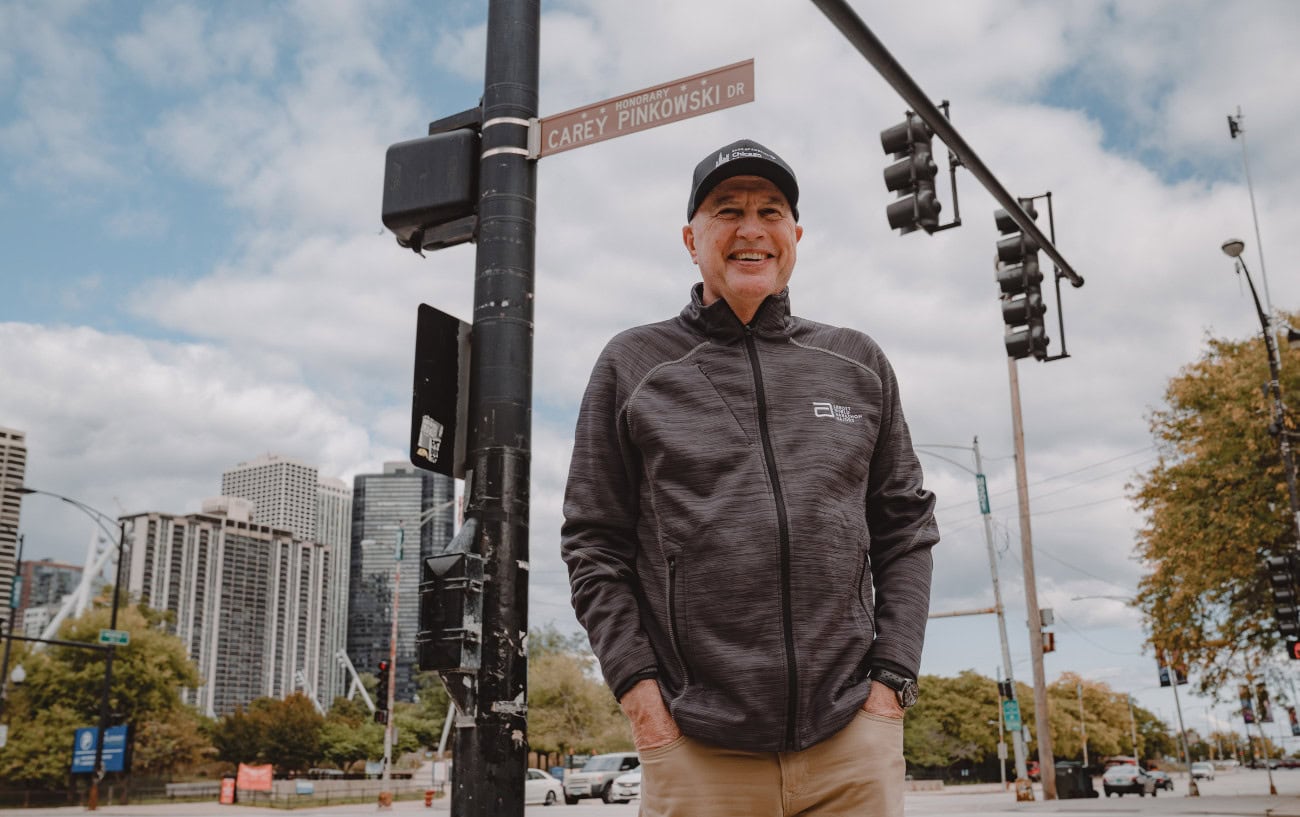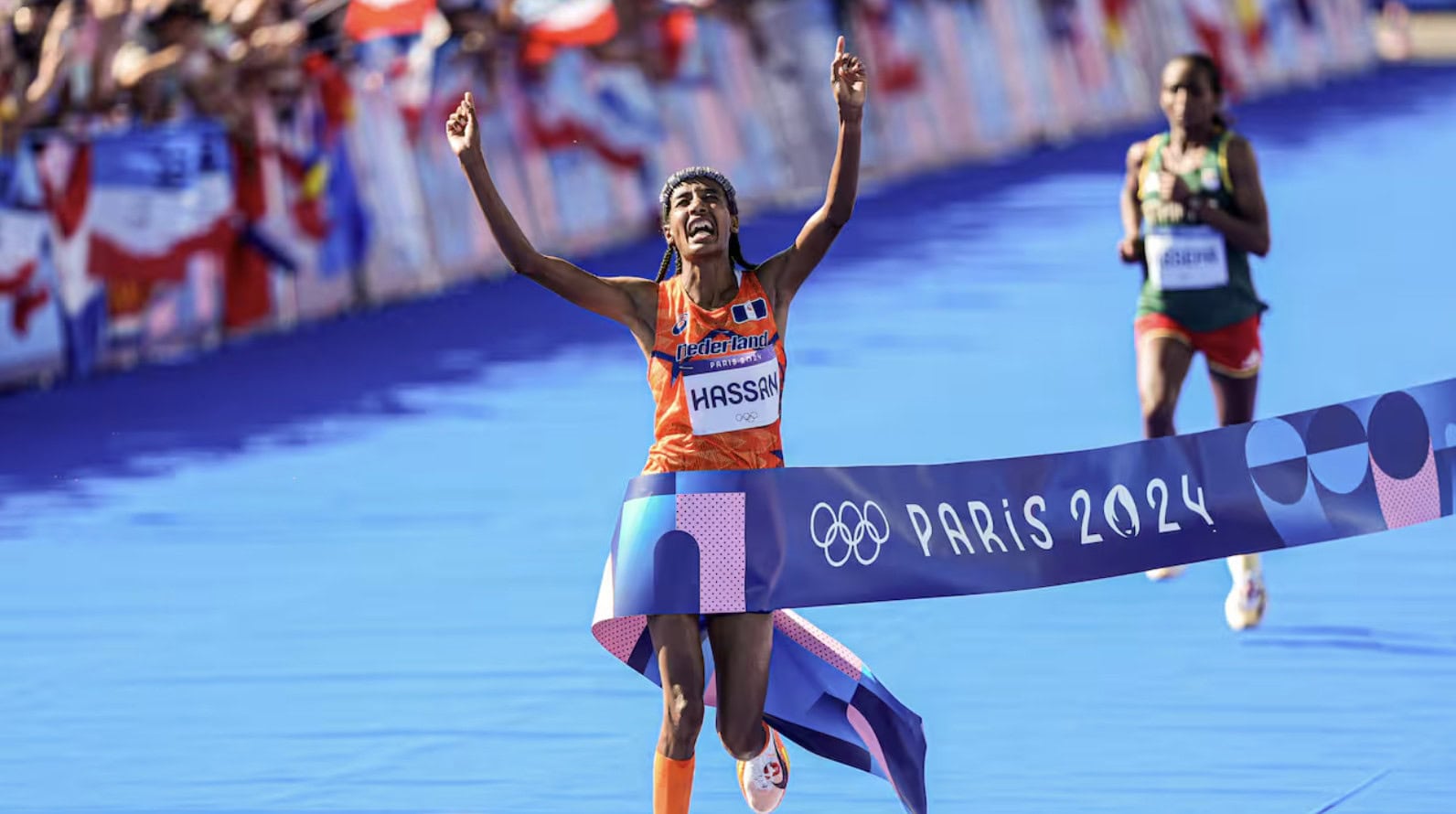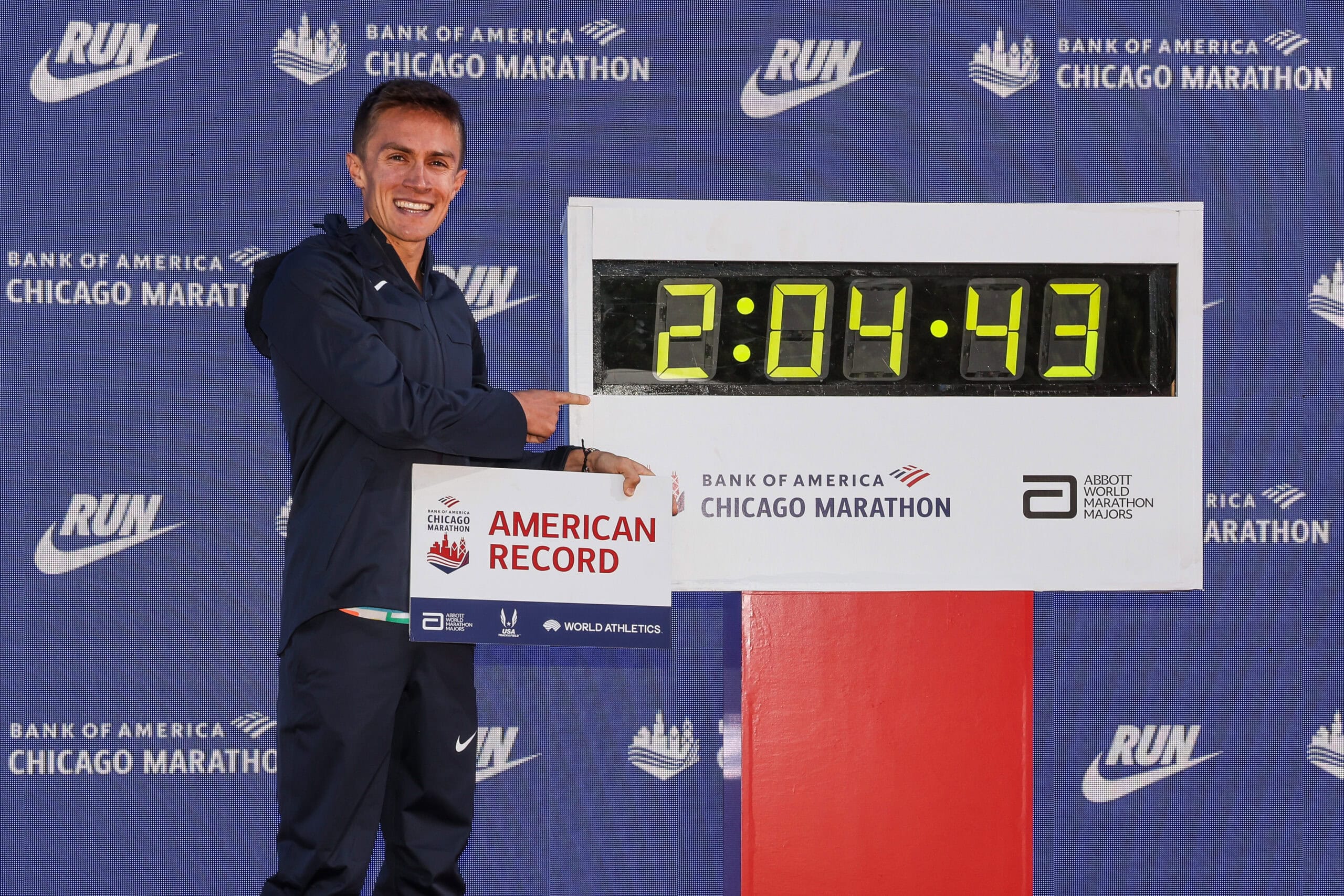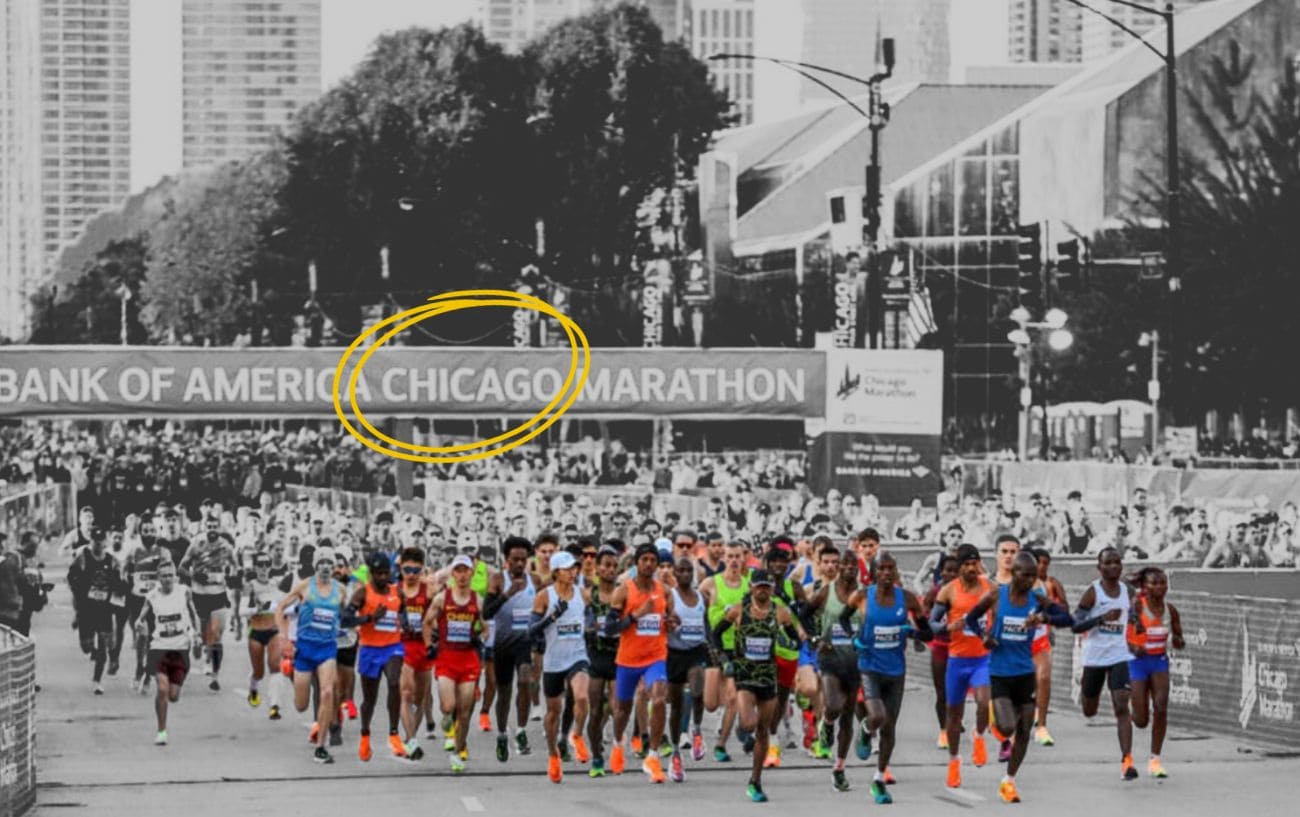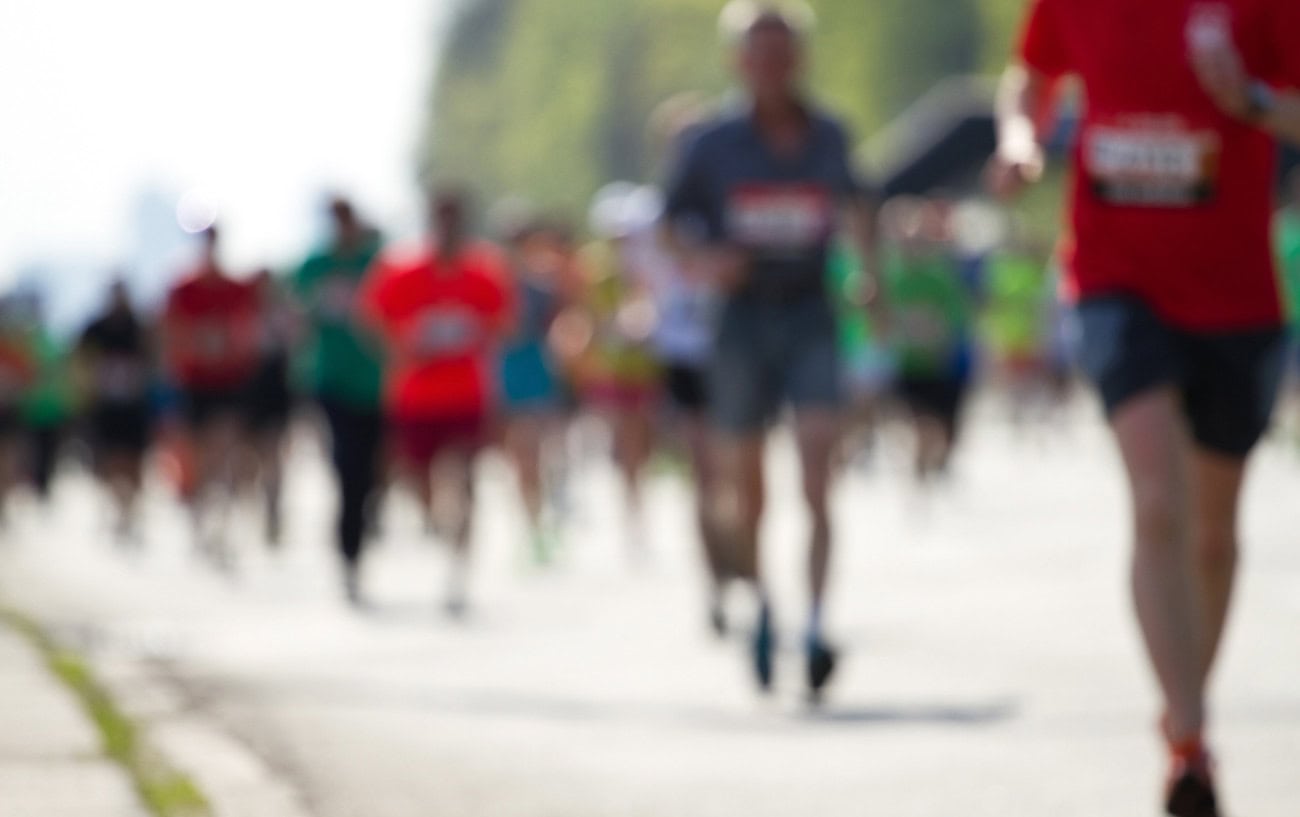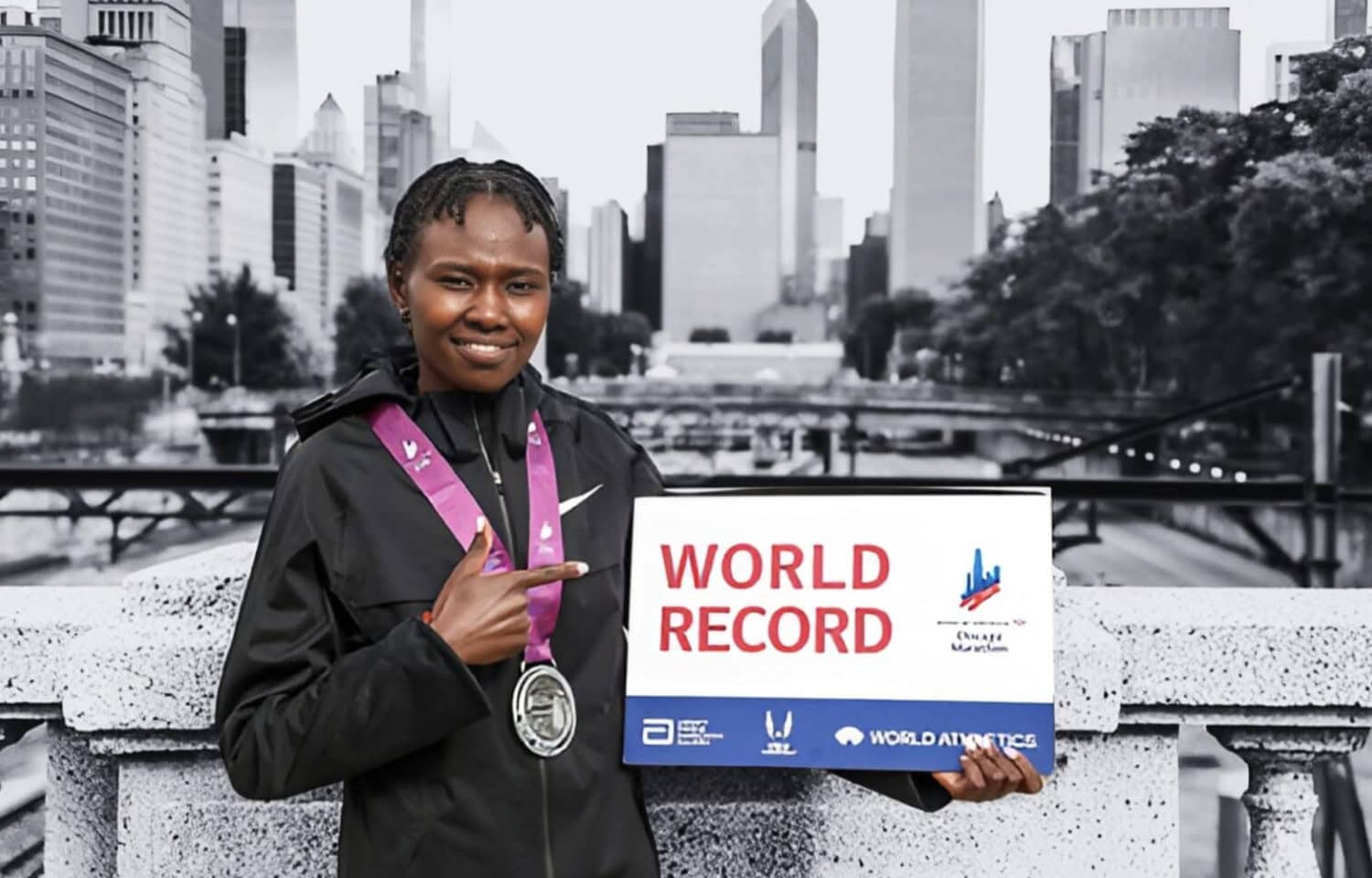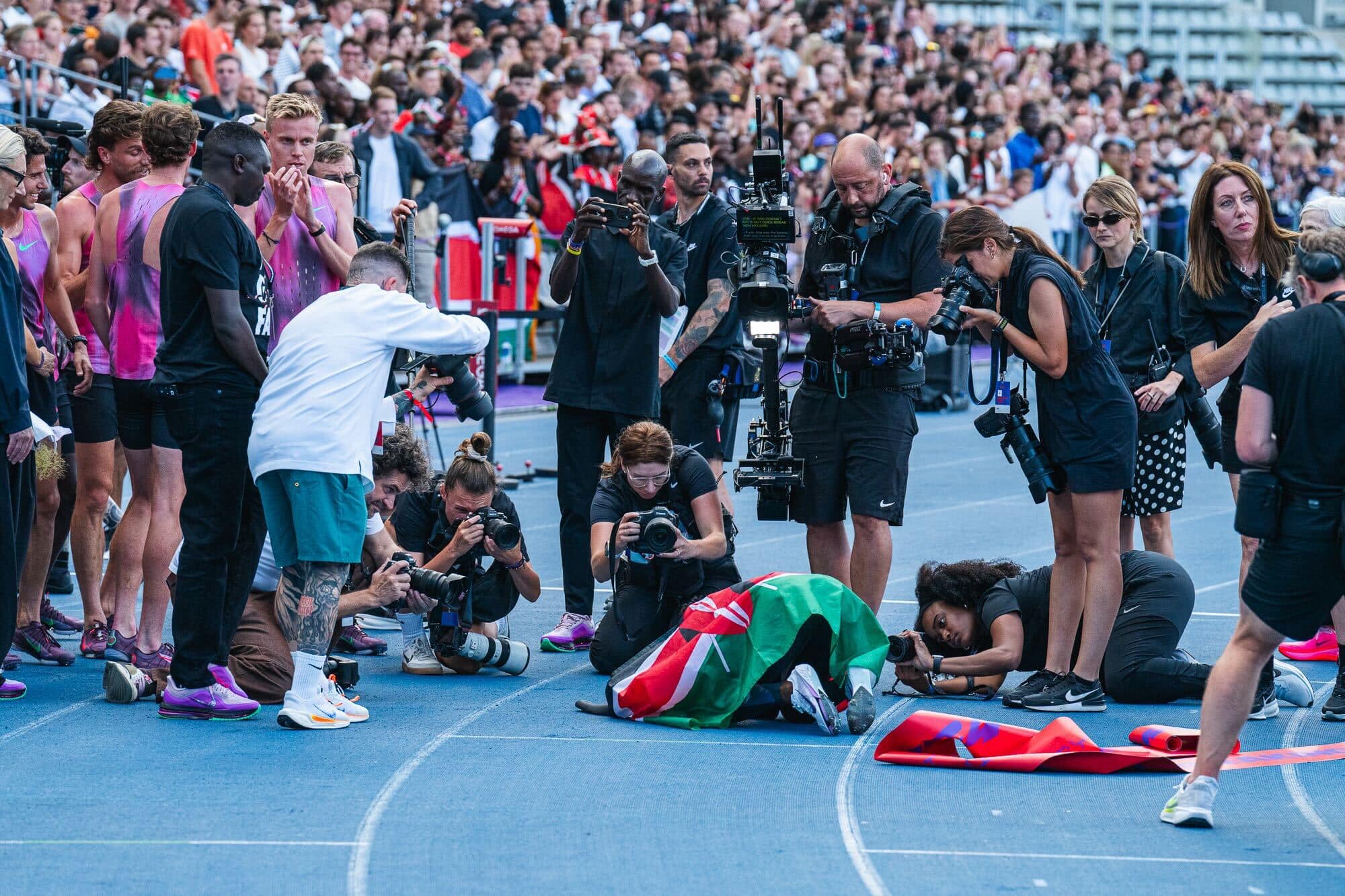Runners have long hoped that their shoes could limit injuries. Maybe the trick was anti-pronation devices? Or arch supports? Or greater motion control, or less heel-drop differential?
But research consistently showed that these various shoe-construction methods had little to no effect on injuries.
A new paper, just published in the European Journal of Sport Science,1Malisoux, L., Gette, P., Delattre, N., Urhausen, A., & Theisen, D. (2025). Association of shoe cushioning perception and comfort with injury risk in leisure-time runners: A secondary analysis of a randomised trial. European Journal of Sport Science. Advance online publication. https://doi.org/10.1002/ejsc.70063 has found a better way. It’s called the “comfort filter” approach to shoe selection, and it could reduce injuries by up to 76%.
This dramatic result came from a randomized trial involving 527 recreational runners followed for six months. The experiment was conducted by a veteran, highly regarded team in Luxembourg. The new publication builds on results from a previous study.2Malisoux, L., Delattre, N., Urhausen, A., & Theisen, D. (2020). Shoe cushioning influences the running injury risk according to body mass: A randomized controlled trial involving 848 recreational runners. The American Journal of Sports Medicine, 48(2), 473–480. https://doi.org/10.1177/0363546519892578
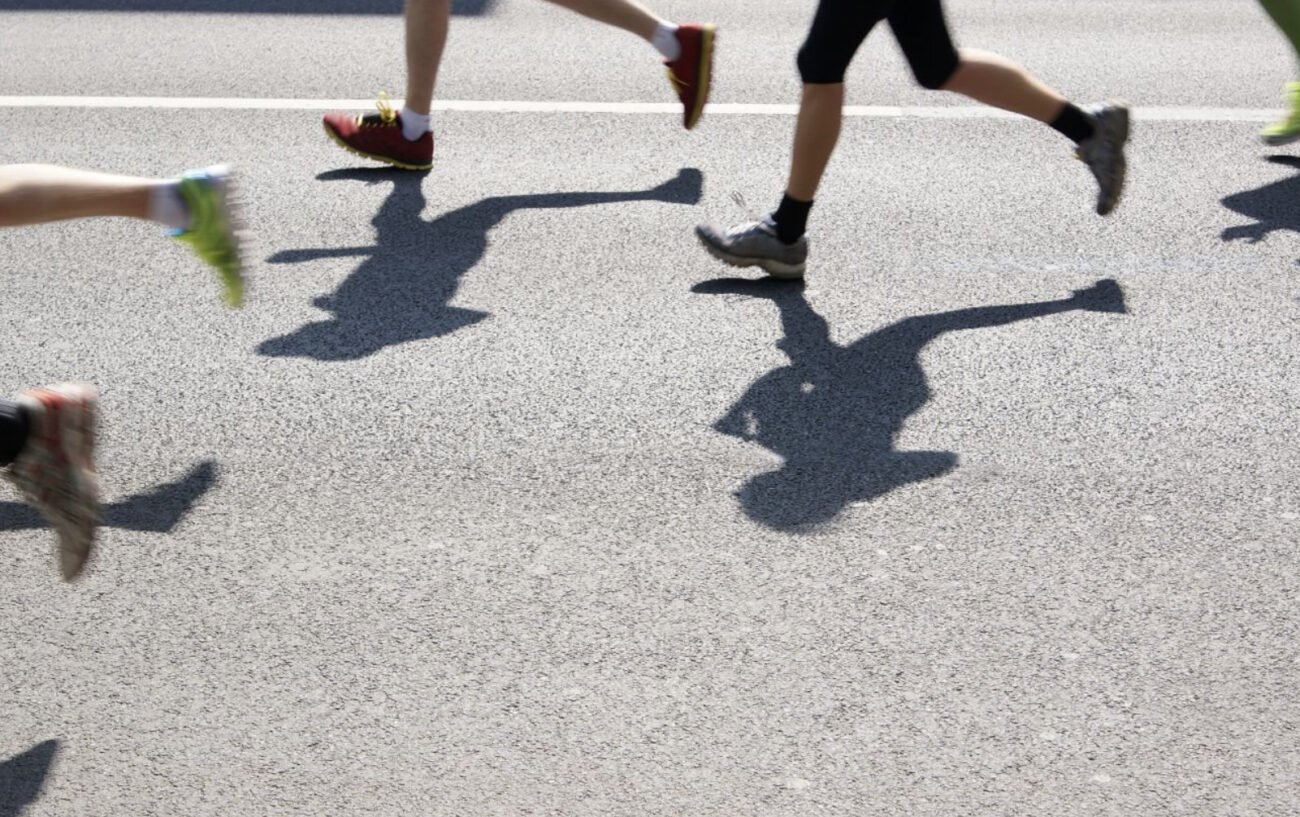
What Is The Comfort Filter When It Comes To Running Shoes?
The comfort filter approach to shoe selection was first proposed by Canadian biomechanics legend Benno Nigg. Frustrated by the lack of positive results in prior research, he suggested that “a runner intuitively selects a comfortable product using their own comfort filter that allows them to remain in the preferred movement path. This may automatically reduce the injury risk.”3Nigg, B. M., Baltich, J., Hoerzer, S., & Enders, H. (2015). Running shoes and running injuries: Mythbusting and a proposal for two new paradigms: ‘Preferred movement path’ and ‘comfort filter’. British Journal of Sports Medicine, 49(20), 1290. https://doi.org/10.1136/bjsports-2015-095054
In this new paper from Luxembourg, researchers gave their subjects one of two pairs of almost identical shoes specially manufactured for the study. Both shoes looked the same, had the same stack height (34 mm), and the same drop from heel to toe (10 mm).
The shoes differed only in the amount of cushioning provided by that 34 mm stack height. One midsole was hard, and the other was highly cushioned.
Subjects were asked a series of questions to determine if they could “perceive” the difference in cushioning, which they could. They were also asked to rate their shoes’ cushioning (low, medium, or high) and their overall comfort (low, medium, or high).
Then they were instructed to continue their regular training for the next six months. During this time, they regularly reported any injuries that restricted their running for more than 7 days.
The Power Of Comfort And Cushioning
The runners who had rated their shoes with moderate or high cushioning recorded 65% and 76% (high cushioning) fewer injuries than those who found their shoes to have low cushioning. Injury risk was also lower, by 53%, in those runners who ranked their shoes high in “global appreciation,” or overall comfort.
The researchers proposed two possible explanations for their findings. First, highly cushioned shoes might reduce the work required of muscles and support structures during running—less work = fewer injuries.
Second, hard shoes might force those same muscles and support structures into a more repetitive running motion, stride after stride after stride. Repetition = overuse injuries.
The authors concluded by stating: “Perceived shoe cushioning and comfort may be a valuable approach for shoe selection to prevent running-related injuries.”
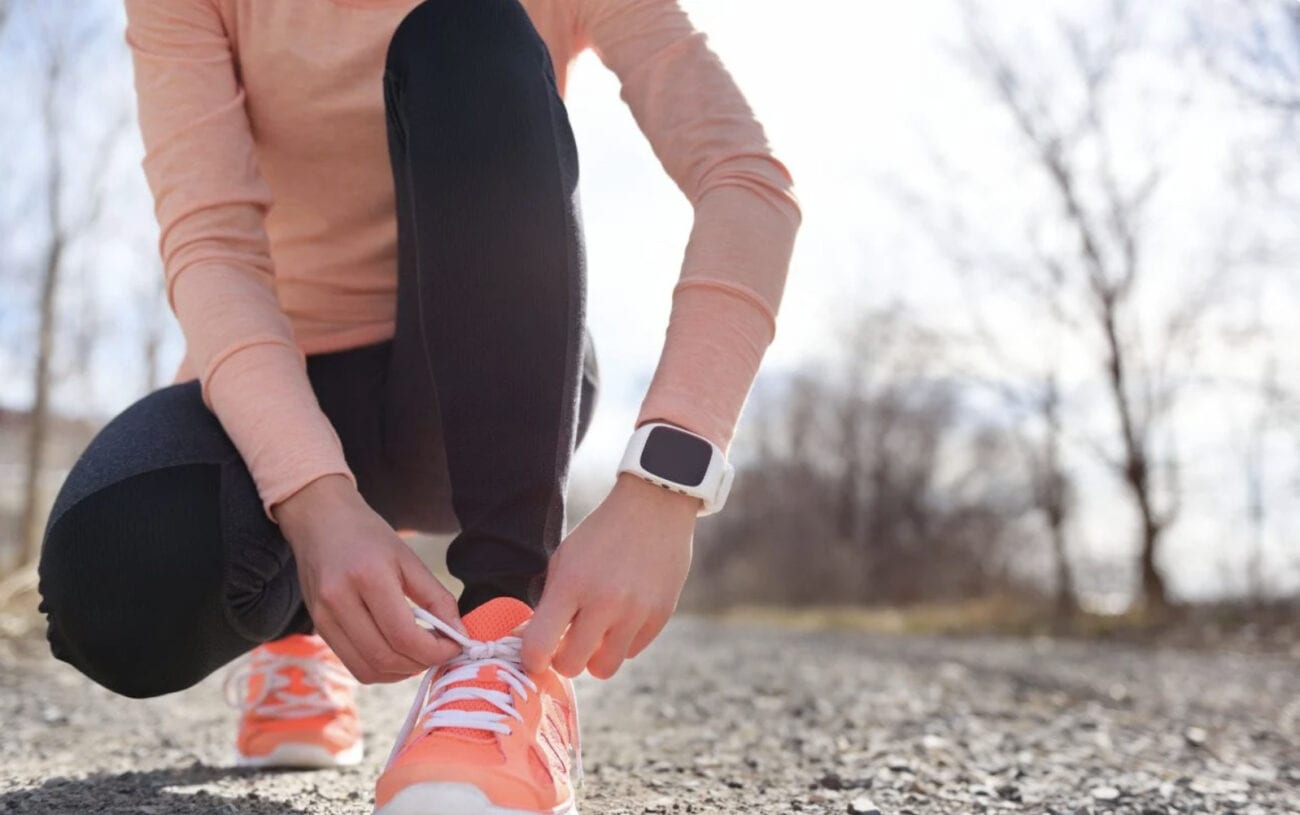
The Senior Researcher Answers Key Questions
To learn more about shoe selection, I asked first author, Laurent Malisoux, PhD, to respond to several questions. He is head of the Physical Activity, Sport & Health research group at the Luxembourg Institute of Health, and a 3:13 marathon runner.
What is your primary research interest? Why/how did you get drawn to running?
LM: I am an exercise physiologist by academic training. Like many people, I practice running because it has many physical and mental benefits, and doesn’t take a lot of time. But running has one big drawback: the risk of injury. So I have made injury prevention a primary focus of my research.
Why was this an important study? What did you investigate and find that had not been measured by previous studies?
LM: The comfort filter was suggested as a new approach to selecting running shoes about 10 years ago, but there had never been any research to provide evidence for it. We decided to investigate the comfort filter paradigm with a large group of more than 500 recreational runners. We found that it can be very effective.
It seems such a simple solution that some “techy” runners are going to be dubious, don’t you think?
LM: Yes, indeed, it is simple, because comfort is the total consequence of the interaction between an individual runner’s biomechanics and footwear. It’s like going to a restaurant where your enjoyment of the food will depend on the quality of that food and also on your own individual preferences. Both are important.
For those who would prefer a precise biomechanics measurement, I will ask: How can you get this measurement in a simple way? Which of the hundreds of biomechanical variables will you choose? How do you know which are right for you? This is very complex and speculative. The comfort filter is simple, and we have shown it works.
So, how should runners use the comfort filter to select their next pair of shoes?
LM: You can’t just try on the shoes. You have to run in them to properly assess their comfort and cushioning, but we don’t know how long a test period you need. That’s why my main recommendation to runners is: If you’re happy with your current shoes, because you’re running well and without big injuries, just buy the same model again. If it ain’t broke, don’t fix it.
You did not test super shoes in your study. Do you have any sense of how they affect injury rates?
LM: No, we don’t know, because no one has yet conducted a randomized trial with super shoes. It’s likely that super shoes will increase some injuries and decrease others. They might be a good choice for some runners, and not for others. Unfortunately, we don’t have the data yet.
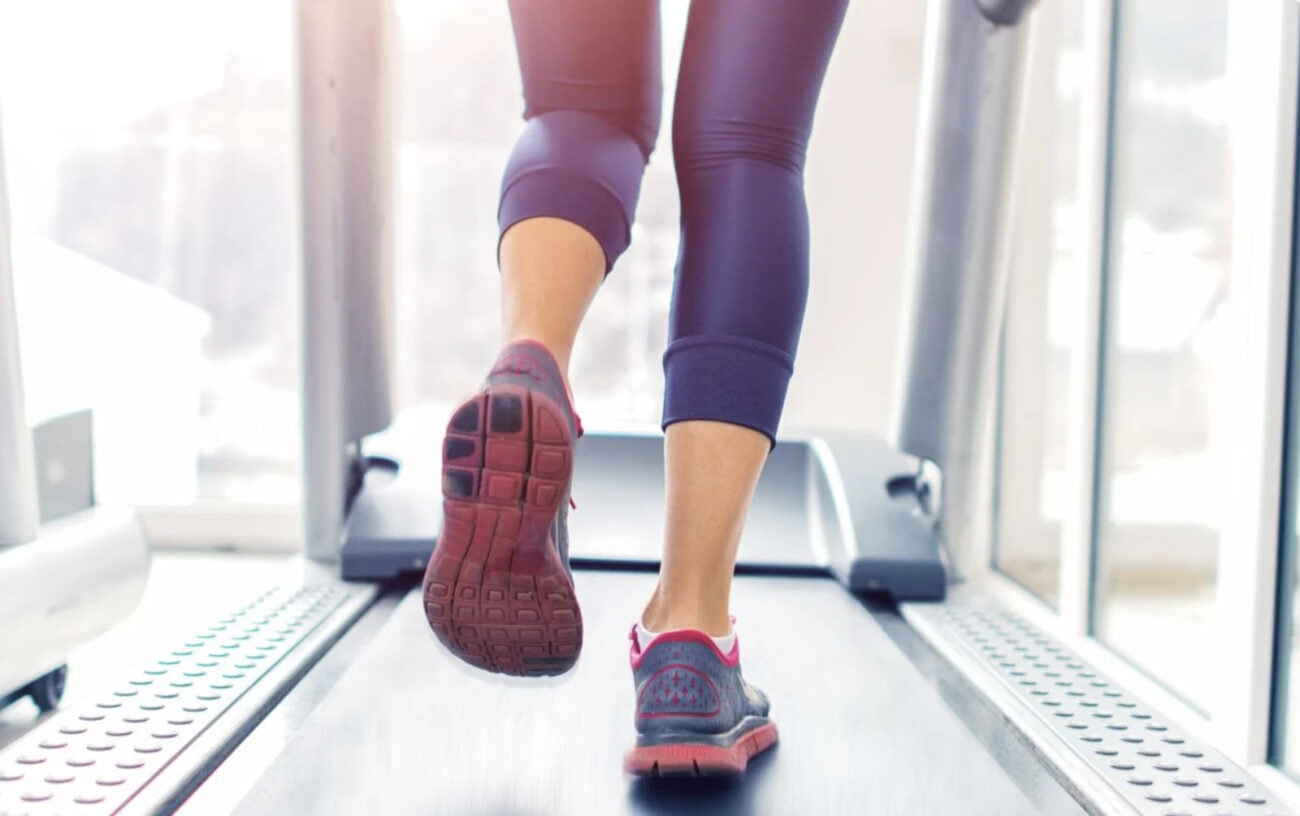
Trust Yourself: That’s The Smart Way To Select New Shoes
The comfort filter approach might sound familiar, as it should. It parallels other classic running advice that puts you at the center of important decisions.
For example: “Listen to your body;” “Drink when you are thirsty;” “Find your best pace by perceived exertion;” “Skip workouts when you are too tired;” “Eat modestly but enough to fuel your training.”
You can use high-tech gizmos to enhance your running, but you shouldn’t relinquish control. You are the ultimate decider.
This appears to be especially true when it comes to one of your most important and expensive decisions: Shoe selection.
The simplest and best approach:
- Try on several different models from different shoe companies.
- Don’t just sit on the try-on bench or stand in place. You must actually run (in the store, on the sidewalk) as much as you are allowed in the shoes you are considering.
- As you run in the shoes, pay attention to their comfort on your feet and the amount of cushioning they provide.
- Select the shoes that feel most comfortable and most cushioned.
For an in-depth look at running shoe selection, check out the next guide:


